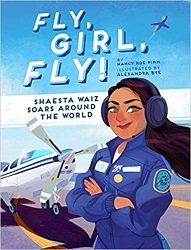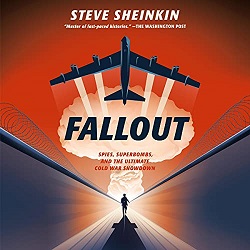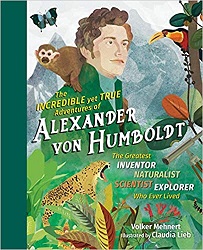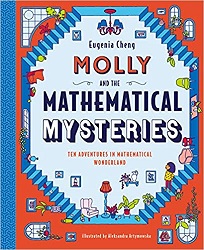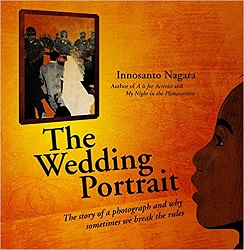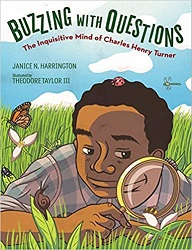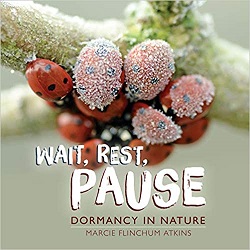Review of It’s a Numbers Game! Baseball, by James Buckley, Jr.
Baseball
by James Buckley, Jr.
National Geographic Kids, 2021. 128 pages.
Review written January 6, 2022, from my own copy, purchased for the Mathical awards.
Starred Review
2022 Mathical Honor Book, Grades 6-8
Math and baseball! It’s a natural pairing, and this book explores all the connections, inviting readers in with plenty of action shots on every page.
Did you know that Major League Baseball teams now hire mathematicians? There’s a spread titled “Averages Your Grandparents Know” about Pitching stats of ERA, WPCT, and WHIP. Then comes a spread called “Averages Your Grandparents (Probably) Don’t Know,” and I was a little chagrined that I fit a reader’s grandparents. But that second spread had some interesting information:
There are a lot of stats you can calculate on your own. But for some of these stats, it’s as if you need an advanced math degree to understand them! In fact, many MLB teams now employ professional mathematicians. Every MLB team has a special department that does nothing but crunch numbers. Called sports analytics, these calculations and stats are changing how players are selected and sometimes even how the game is played.
On another page I learned about a new tool used since 2015:
In recent seasons, MLB started using a new way of tracking and measuring home runs. Cameras track every movement of the ball, and computers quickly calculate information using a system called Statcast. As players and coaches study the Statcast data, they develop new ways to go after the long ball.
With statcast, they can find and report the launch angle, the speed, and the actual distance a home run ball will travel. For pitchers, they now have a much more accurate measure of the speed of a pitch and can even tell you the spin rate.
That’s some of the interesting information found in this book packed with information about baseball and every kind of statistic you can imagine. My older brother was a big Angels fan and very interested in the statistics, so I thought I would know most of what’s in this book, but it turned out to be only the part your grandparents would know!
The book does say a little bit about women’s softball, about Little League, and about baseball in other countries, but this is mostly a book about Major League Baseball. I do like, though, that each chapter has something for the reader to try. It’s usually related to statistics, but also pertaining to what the chapter discussed. Kids will learn to keep score and to read a box score, for example.
This book is packed with the numbers of baseball, including stats and records, and even numbers on jerseys that have been retired. It’s all done in an inviting format, with colors and pictures and charts. The text is in small chunks, and each page is visually interesting. I was much more engaged than I had expected to be, since I haven’t watched baseball in years.
This book will intrigue both kids who love sports and kids who love numbers, and perhaps help build overlap between those groups!
Find this review on Sonderbooks at: www.sonderbooks.com/Childrens_Nonfiction/numbers_game.html
Disclosure: I am an Amazon Affiliate, and will earn a small percentage if you order a book on Amazon after clicking through from my site.
Disclaimer: I am a professional librarian, but the views expressed are solely my own, and in no way represent the official views of my employer or of any committee or group of which I am part.
What did you think of this book?

